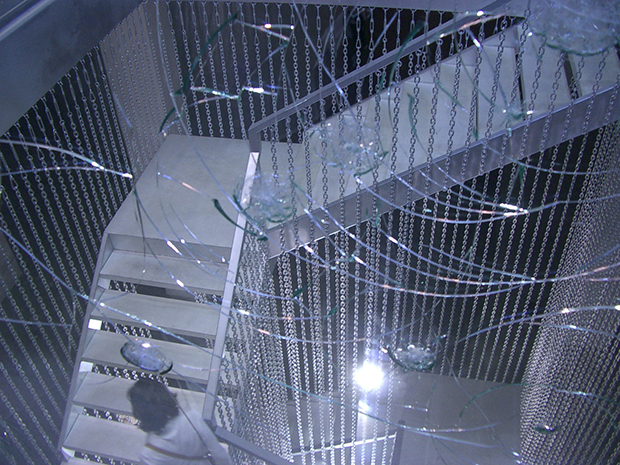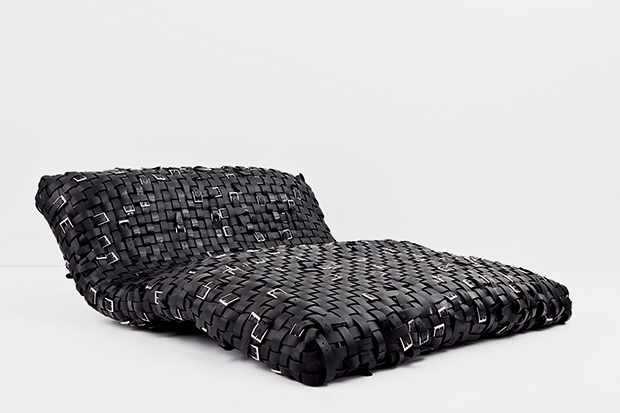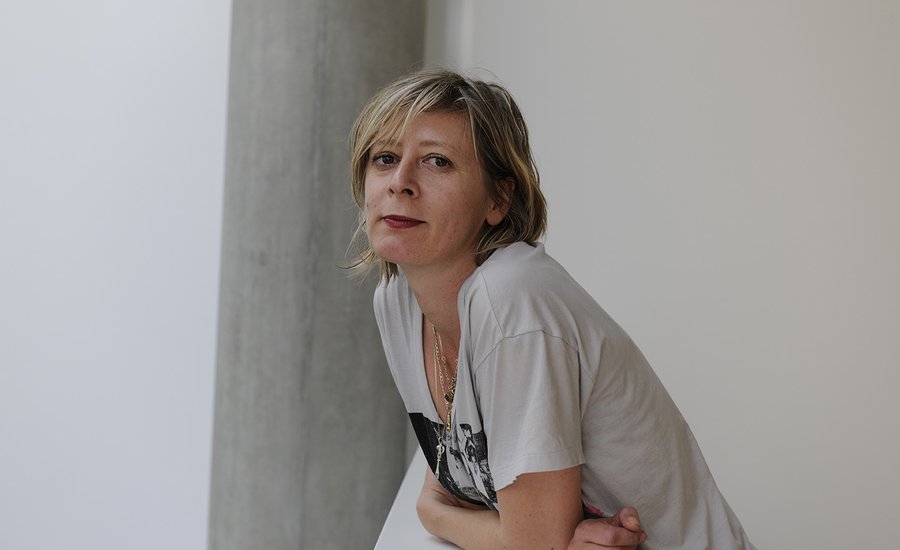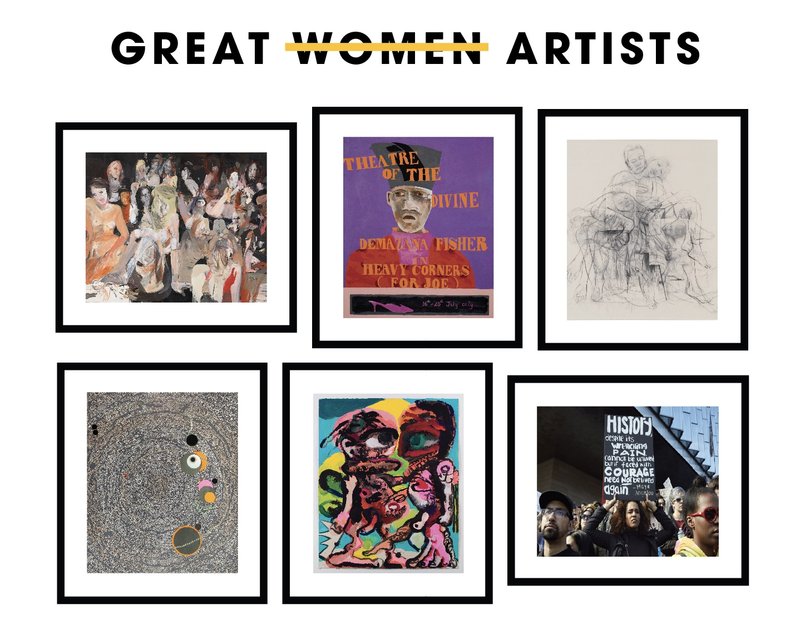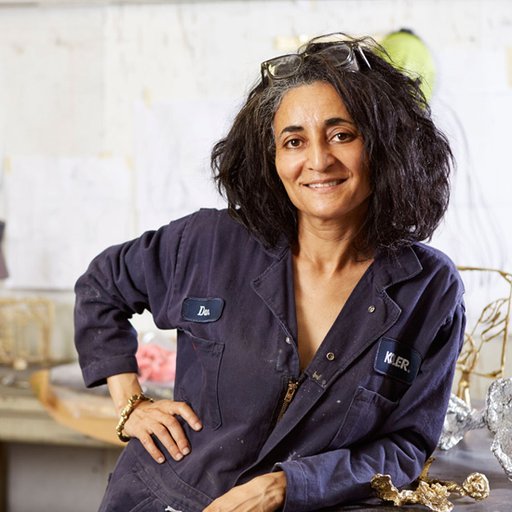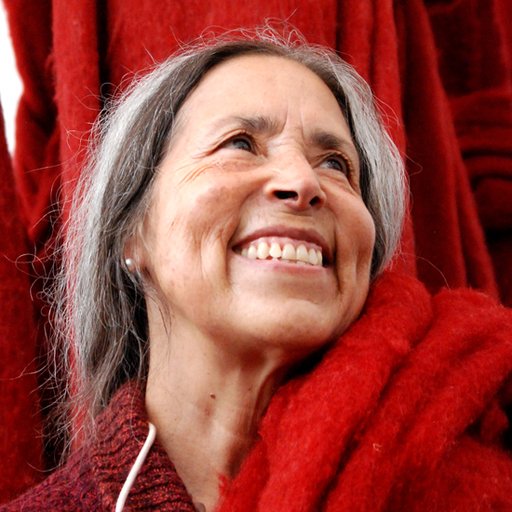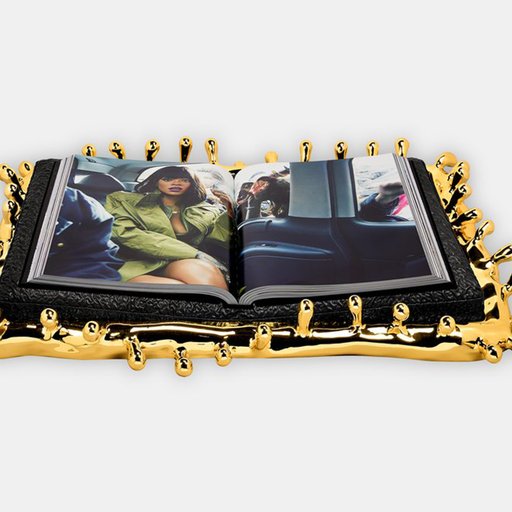Italian artist Monica Bonvicini’s works question expressions of power and the articulations of gender imbalance that exist in architecture and define most of our constructions of space. Since the beginning of her career, the Italian artist has been interested in the concept of authority, power and economic distribution. Formally, her practice spans different media: performance, film, installation, sculpture, painting and drawing and she works with industrial materials and structures, including drywall or scaffolding. Bonvicini creates large-scale thought-provoking installations, in which she pairs psychoanalytical concepts with fetish equipment; the imagery of gendered stereotypes with political protest.
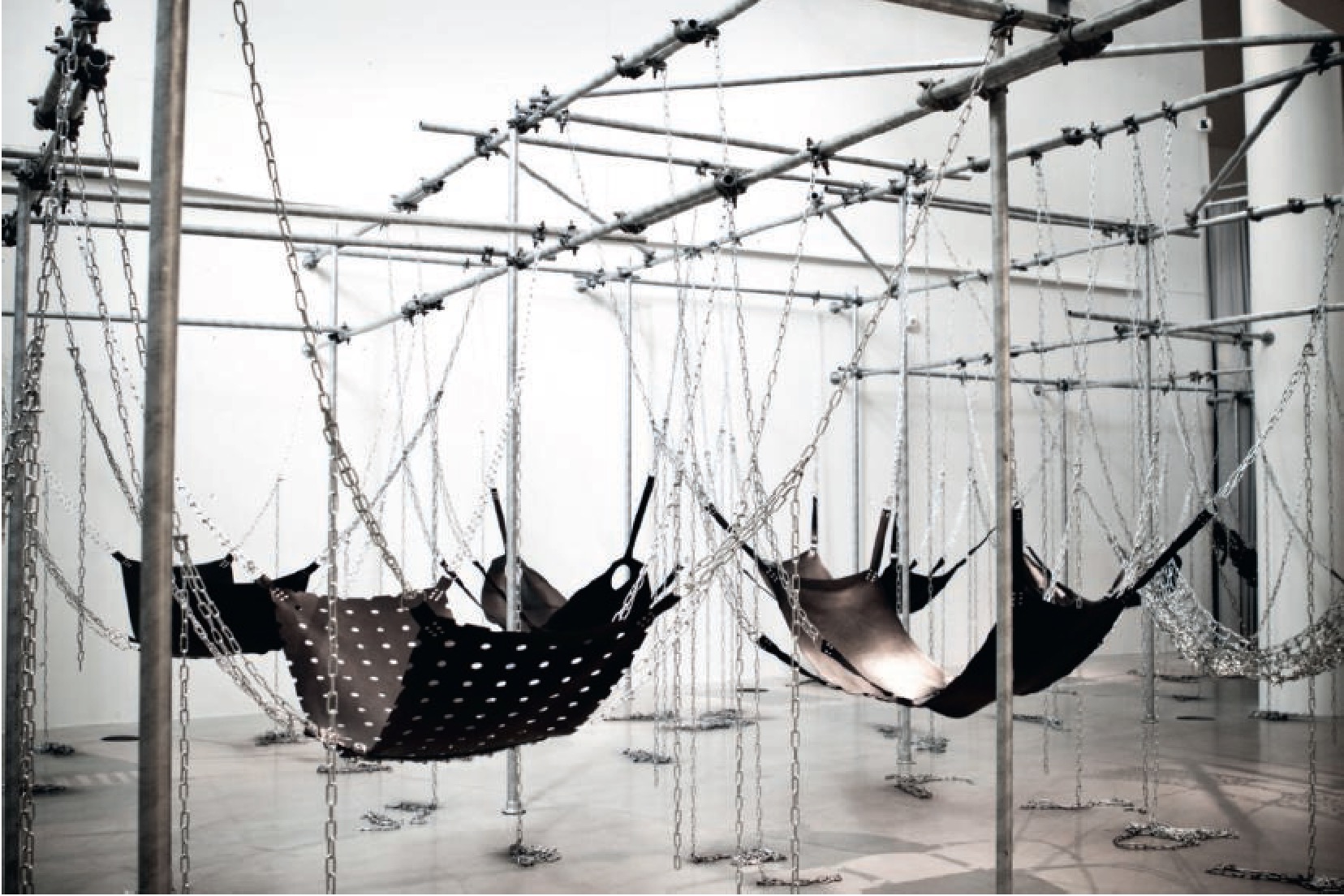
A typical example is Never Again—a collection of swings composed from various materials (mainly leather and chains), suspended from heavy steel chains. Evocative of sadomasochism, the playground jangles as the viewer navigates and physically engages with it, effectively changing the ingrained institutional politics of most gallery spaces where viewers are instructed to look but not touch. Bonvicini has been based in Berlin since the mid-1980s and, alongside her artistic output, has held academic positions as a professor of installation art and sculpture in Vienna and Berlin.
Here, the artist, one of 400 featured in Phaidon's book Great Women Artists, tells us why she arranges her art bookshelves with the women artists in the sun, how being a woman artist has affected her work, thoughts, ideas, and price tags and why she is inspired by every one of the 400 artists in Great Women Artists.
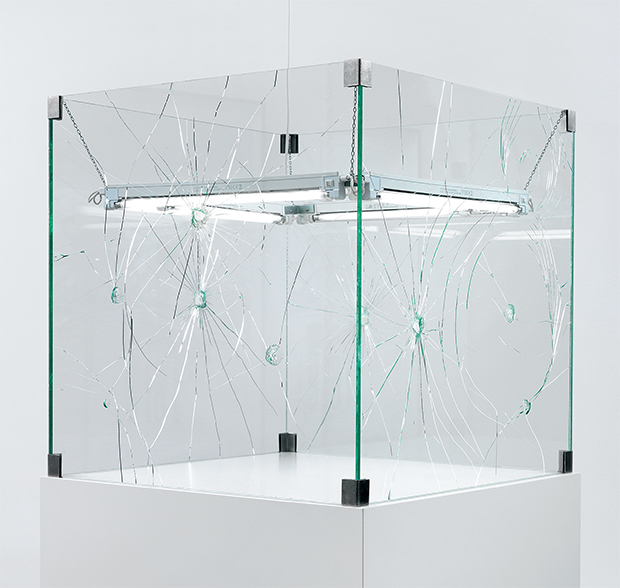
What does it mean to you to be featured in Great Women Artists?
I can only say: more books like this please! Years ago I got some new shelves for my books and I thought hard about how to order all of them anew. After having lots of them piled on the floor for weeks I got all the catalogues and books on “female” artists on the shelves next to the window, so they could shine in the light, the “male” catalogue got to the other side, where the sun never shines. I have always spent a lot of time buying books and having them around me. And still, once I divided them, I realized that I had way more male printed matter. So please publish more catalogues on women’s works, write more on women and support them more! Let's change the balance of the shelves!
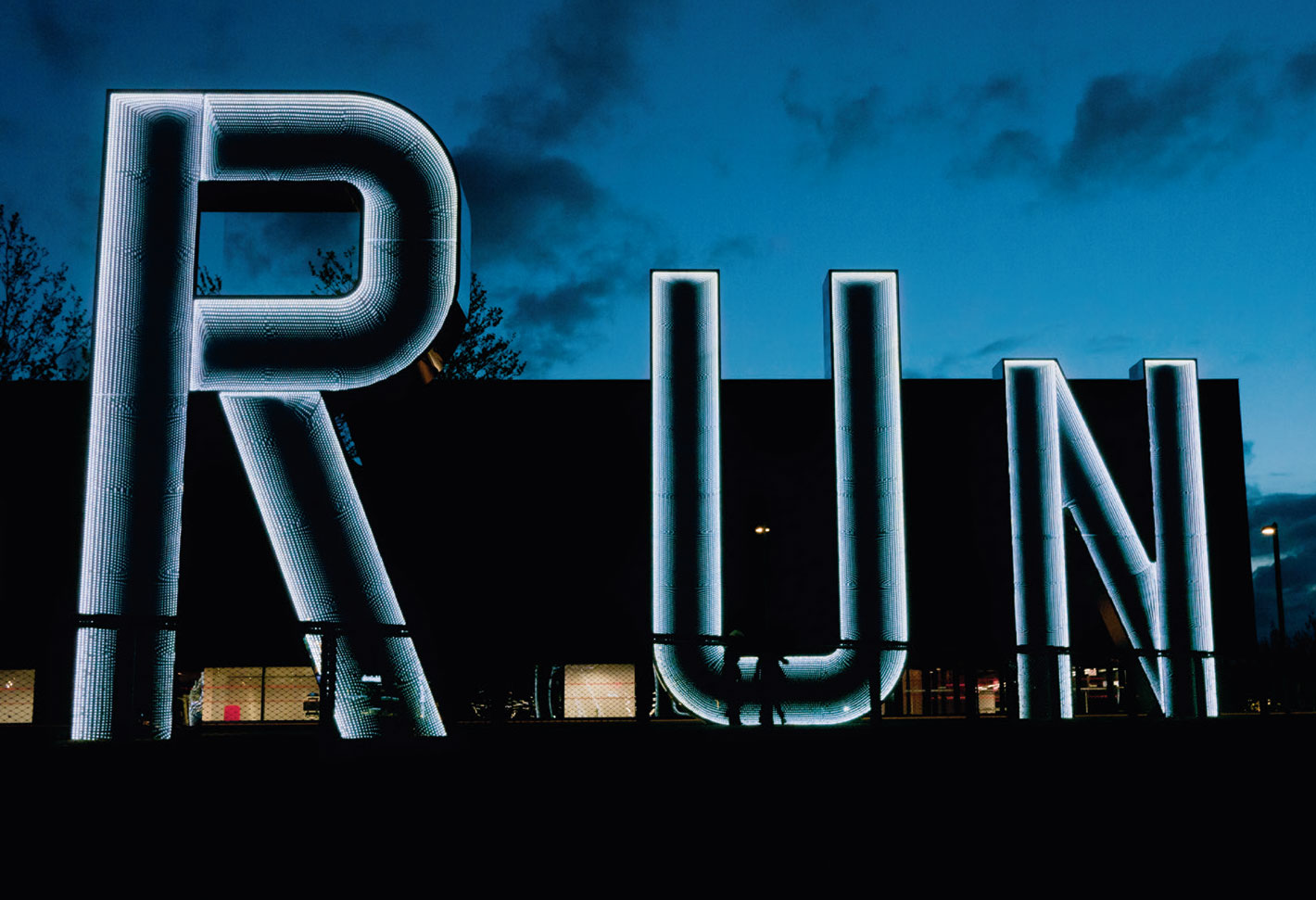
Can you describe one artwork or series from your oeuvre that you feel was pivotal in your career?
To answer the question is a way to define what career is, what is important to which career. There are works that got more attention than others; there are works that are shown more than others; some sell more than others and some I personally feel closer to than others.
In general terms, Wallfuckin’ was an installation that surprised people and drew attention to my work. It is kind of ironic because it is a work in which a naked female body is seen and most of the people, actually until now, thought/think that it was me. What a feminist work was—and still is—is often confined and related to a naked body.
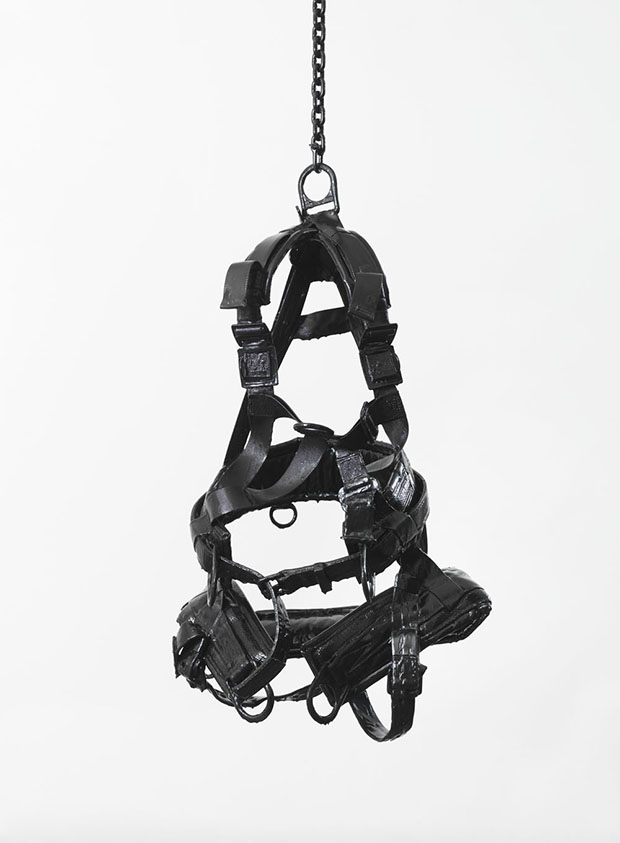
Plastered was an important work, or Don’t Miss a Sec', the glass pavilion concealing a real functioning toilet, a very minimal structure that appropriates geometry and industrial material in an improper and bold way, reflecting on how art has becoming a fashionable and spectacular space. Not For You is another work, which has been shown a lot around the globe. Never Again has been talked about a lot and so has Breathing.
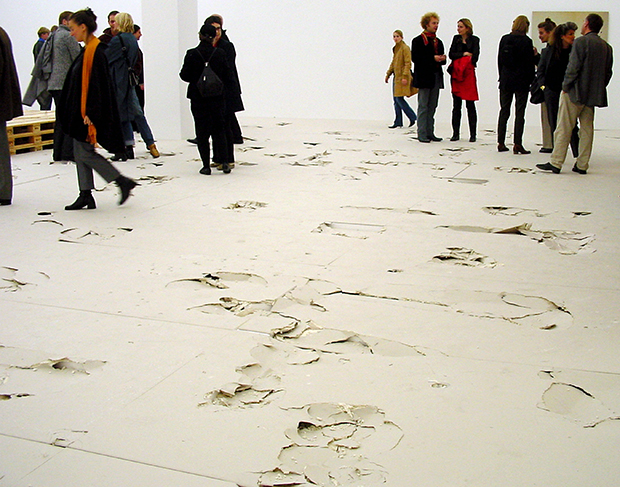
How has being a woman affected your career?
Being a woman has hugely affected my works, my thoughts, my ideas, surely also my business, the relations to galleries and alike as well as the price tags on my works. Most of my collectors are women, most of the curators I work with are women, my studio is run by women. Would I have had a different career as a man? For sure but since I will never be one I can only speculate on it and I have no time for that now.
What makes a great artist?
To be able to create a visual language that is new, different, that makes you think, and makes you think differently.
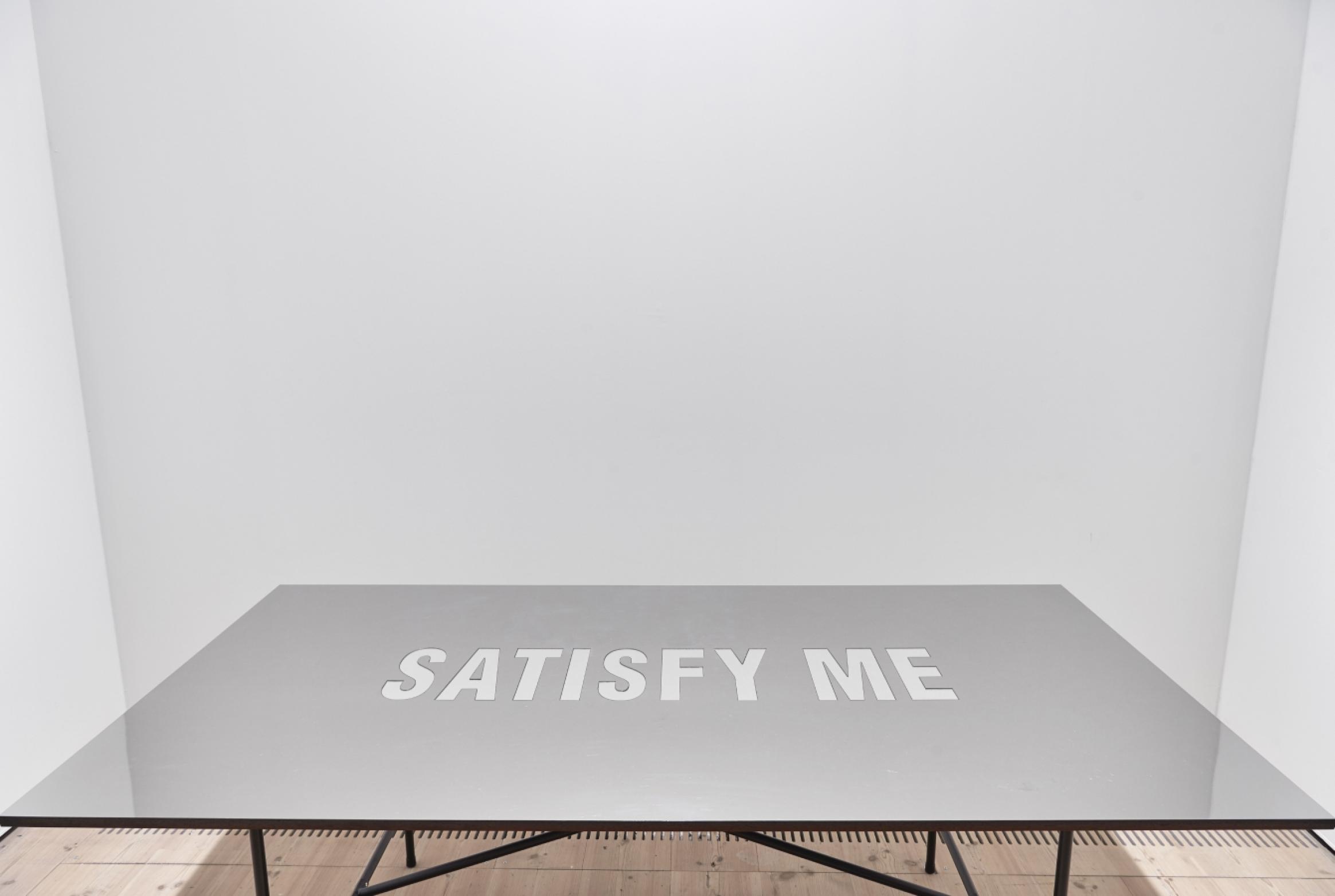
Which other great woman artists inspire you and why?
All of the 400 in the book and the 400 to come in a second volume!
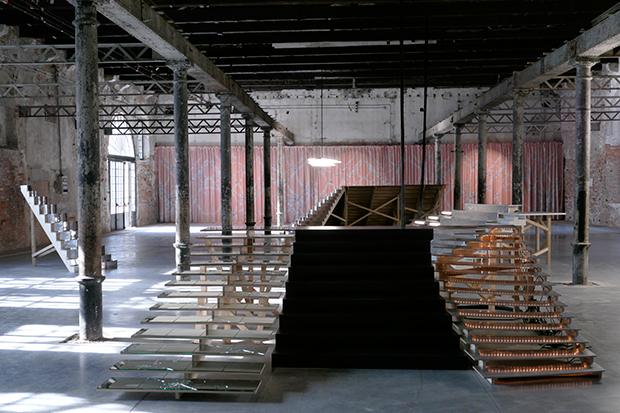
How has the art world’s relationship to women artists changed since you began your career? How could it still improve?
I do not think that it has changed a lot really. There are more women leading museums and collections and clearly they make a difference. There is more visibility and interest for LGTBQ artists. More is needed, more press, more books, more public art by women. Equality is still not there!
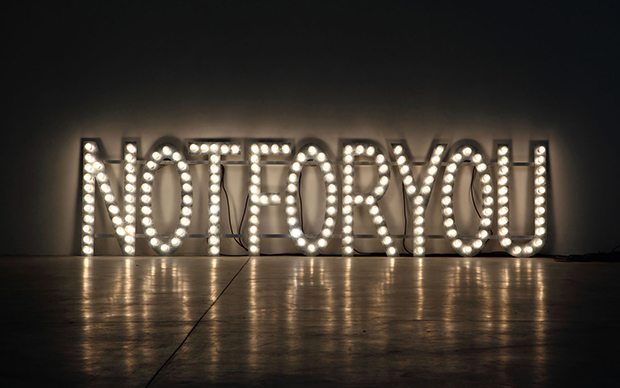
What advice would you give to emerging female artists entering the art world?
I really have no original advice for young artists in general. If it is true what they say about love pains, that only time helps, then I keep repeating the same advice for any artist, or anybody in the cultural production field: do your thing, find your people, don’t give up, risk and don’t die.
